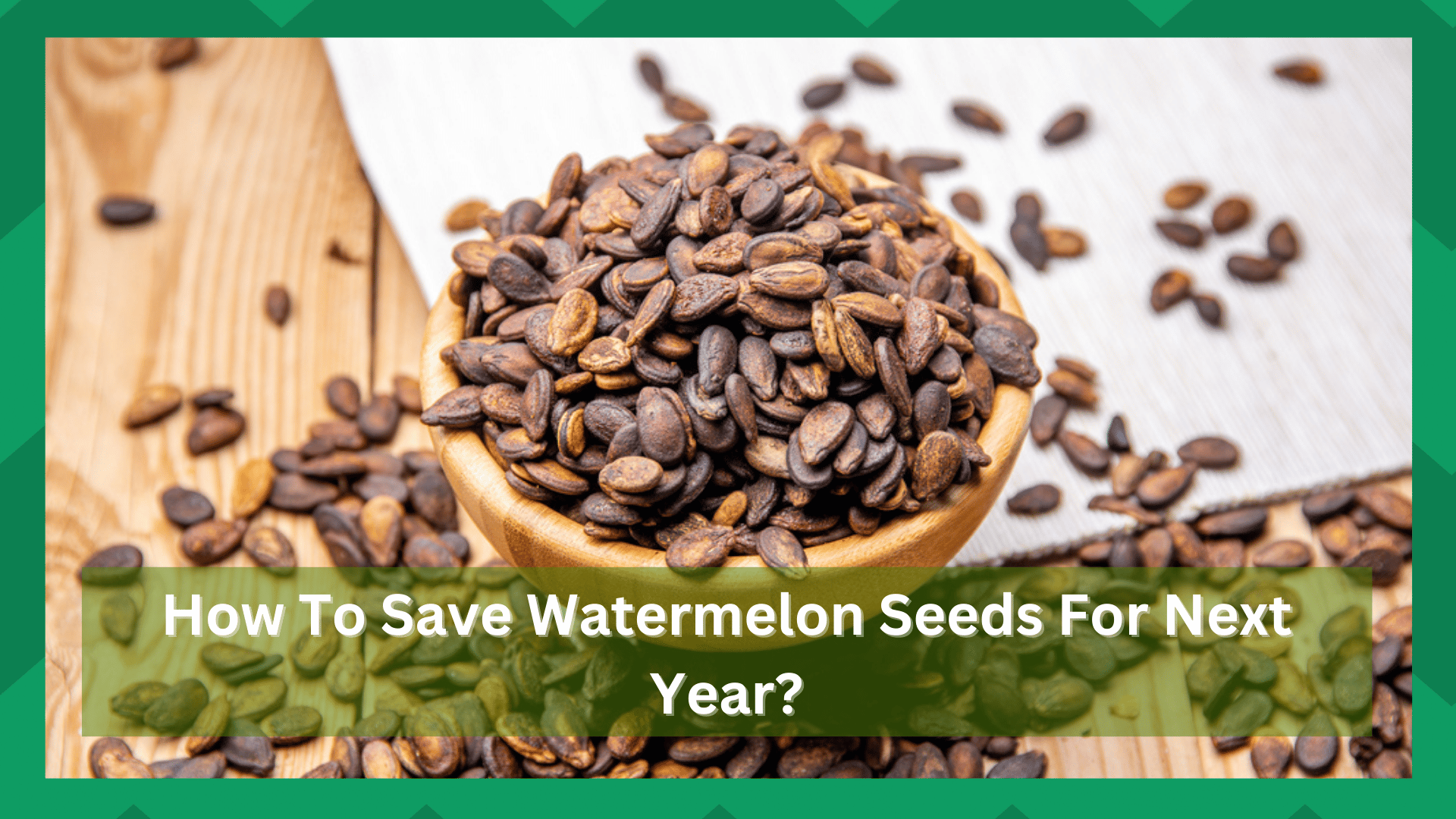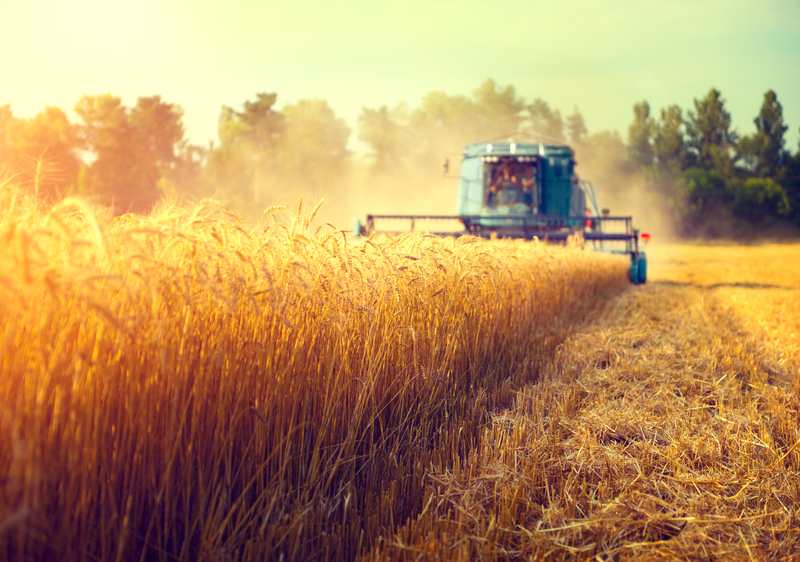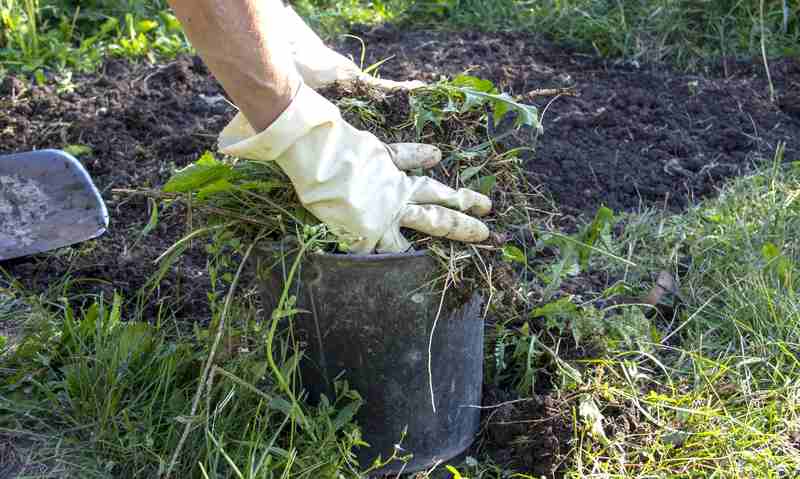
Who does not know what watermelon is? It is rich in nutrients, and you experience a burst of taste and water into you within just one bite.
It is good for health and assists in providing your body with the amino acids essential for moving your blood through the body and maintaining blood pressure.
Many people enjoy eating watermelon because it has a unique taste and texture. Therefore, many people tend to save watermelon seeds for the next year so that they can grow them again and eat them healthily.
If you are wondering how to save watermelon seeds for next year, we will help you find the answer to your question.
How To Save Watermelon Seeds For Next Year?
- Choosing The Watermelon
Choosing the right watermelon is the first and most important step towards the saving process. Make sure that you choose a watermelon that is rich in nutrients. Also, ensure that it is in a healthy condition with no diseases.
Color and taste also play an important role. Therefore, ensure that the watermelon you chose for the process has the sweet taste you want in your fruit.
- Harvesting
The next step is harvesting. Harvest the fruit once it is mature and full-grown. Cut the fruit into pieces just like you would do to eat it.
Eat the watermelon or simply set it aside after removing its seeds. If you want to make the seeds firm and soft, it is recommended that you leave the watermelon to rest.
In such a case, it is not possible to eat watermelon anymore. However, it will surely improve the quality of the fruit’s seed.
- Always pick fresh seeds.
Pick fresh seeds from the fruit when saving them for replanting. You will want to avoid moldy, discolored, or otherwise damaged. After picking the seeds, rinse them with cool water and let them dry completely before storing them.
If the seeds are not fresh, use a warm water rinse to encourage germination. This step is necessary to remove any potential pathogens that may have been present in the soil.
When saving watermelon seeds, cleaning and drying them before packaging them or storing them thoroughly is important.
Use a soft cloth to wipe away any dirt or debris from the surface of the seed. Then rinse them with cool water and let them air dry completely before storing.
- Cleaning the Seeds
Once the seeds are harvested from the watermelon, they must be properly cleaned. The best way to do this is to rinse them off in a colander or strainer using cold running water.
This will help remove any debris, juice, and pulp that may have been attached to the seeds.
Next, lay them out on paper towels to dry. When completely dry, please place them in a shallow container and cover them with fine mesh screening.
Once the seeds have been removed from the rest of the watermelon, wash them thoroughly and then soak them in the water for about an hour to ensure they are all nice and clean.
Separate them from the water and spread the seeds on a leveled surface to dry the watermelon seeds. Leave them for about 30 to 40 minutes to dry completely.
- Avoid Excessive Exposure
Avoid exposing Seeds to salt or other harsh chemicals, which can damage them. Store seed packages in a cool, dry place and check the date on the package before planting to ensure freshness.
This can affect the storage quality of the seeds and lead to germination failure.
- Prepping the Seeds for Storage
Once the watermelon seeds are fully dry, they must be prepped for storage. This includes removing any remaining pulp or debris, as well as sorting out any broken or cracked seeds that will not be able to germinate.
Once all the broken seeds have been removed, place them into a paper envelope and label it with information about the variety (if known) and the date.
- Labeling
When storing watermelon seeds, it is important to label the container with information about the seed variety, its harvest date, and the storage location.
This will make it easier to identify the seeds in the future and track their germination potential over time.
- Inspection
Inspect the seed container periodically for signs of pests or mold growth. If any are found, they should be removed and the affected area treated before storing the container.
- Drying
Before storing watermelon seeds, it is important to ensure they are completely dry.
Spread the seeds in a single layer on a paper towel or baking sheet and allow them to air-dry for roughly two days, occasionally stirring to prevent clumping. Once the seeds have completely dried out, they can be stored.
- Storage
The final step is the storage of the seeds. The method you use to store the seeds will determine how long the seeds are going to last.
Once the seeds are completely dry, collect them in a container. Now, take an airtight container or jar and put the seeds inside the jar.
Make sure that the seeds do not have access to moisture and humidity. Finally, store them in a cool and dry place. A refrigerator would be the best option. This will ensure that the seeds can be saved for the next year.
The best way to store watermelon seeds is by using an airtight container. The container should be made of plastic, glass, or tin and have a tight-fitting lid.
This will ensure the seeds remain dry and free from pests or mold growth. When choosing a container for your watermelon seed storage, ensure it is large enough to fit the number of seeds you want to store.
If the container is not airtight, the watermelon seeds may spoil and become unusable. To ensure that the airtight container is effective, check to ensure it has a tight seal before storing your seeds.
- Temperature
It is important to store watermelon seeds in a cool, dark place. This will help preserve their germination potential and prevent them from drying out.
If possible, keep the temperature between 40°F-50°F (4°C-10°C). This temperature range is ideal for watermelon seeds, as higher temperatures can cause them to lose their viability.
- Moisture
To ensure that the watermelon seeds remain viable, they must be stored in a way that prevents moisture buildup.
If possible, place the container of seeds in a sealed plastic bag. If you do not have a plastic bag, you can use a cloth or paper towel to keep the humidity levels low.
Ensure that the container is not sweating before storing it in high humidity. If there is moisture buildup, the watermelon seeds may become moldy and unusable.
How to increase the storage life of watermelon seeds?
Watermelons are a popular summertime fruit, and many gardeners like to save their seeds from the melons they harvest.
However, properly storing watermelon seeds can be difficult because of their short shelf life. Fortunately, there are several steps you can take to help extend the storage life of your watermelon seeds:
- Harvest the seeds from ripe watermelons:To ensure your watermelon seeds are viable, it’s important to harvest them from a ripe melon. If you wait until the melon is overripe, the seeds may have been damaged or dried out.
- Clean and dry the seeds: After harvesting, clean off any excess debris from the seeds with a dry cloth. Be sure to dry them thoroughly before storing them, as moisture can lead to mold growth and reduce lifespan.
- Store in an airtight container: Place the cleaned and dried watermelon seeds in an airtight container such as a mason jar or plastic bag. This will help keep out moisture, dirt, and pests that could damage the seeds.
- Refrigerate or freeze the seeds:Place the airtight container in a cool, dark spot such as a refrigerator or freezer to further extend their storage life. The colder temperatures will slow down any activity and help preserve the viability of your watermelon seeds.
- Monitor the seeds:If possible, check on your stored watermelon seeds periodically to ensure they are safe for planting. If you notice any mold or other signs of damage, discard the affected seeds as soon as possible.
By following these steps, you can help increase the storage life of your watermelon seeds. You can expect your seeds to stay viable for up to a year or more with proper storage.
This will give you plenty of time to plan and prepare for planting season.
The Bottom Line
Watermelon seeds can be stored for up to a year or more with proper care.
To ensure long-term storage, harvest the seeds from ripe watermelons, clean and dry them thoroughly, store them in an airtight container, refrigerate or freeze the container if possible, and monitor the seeds periodically for any signs of damage.


